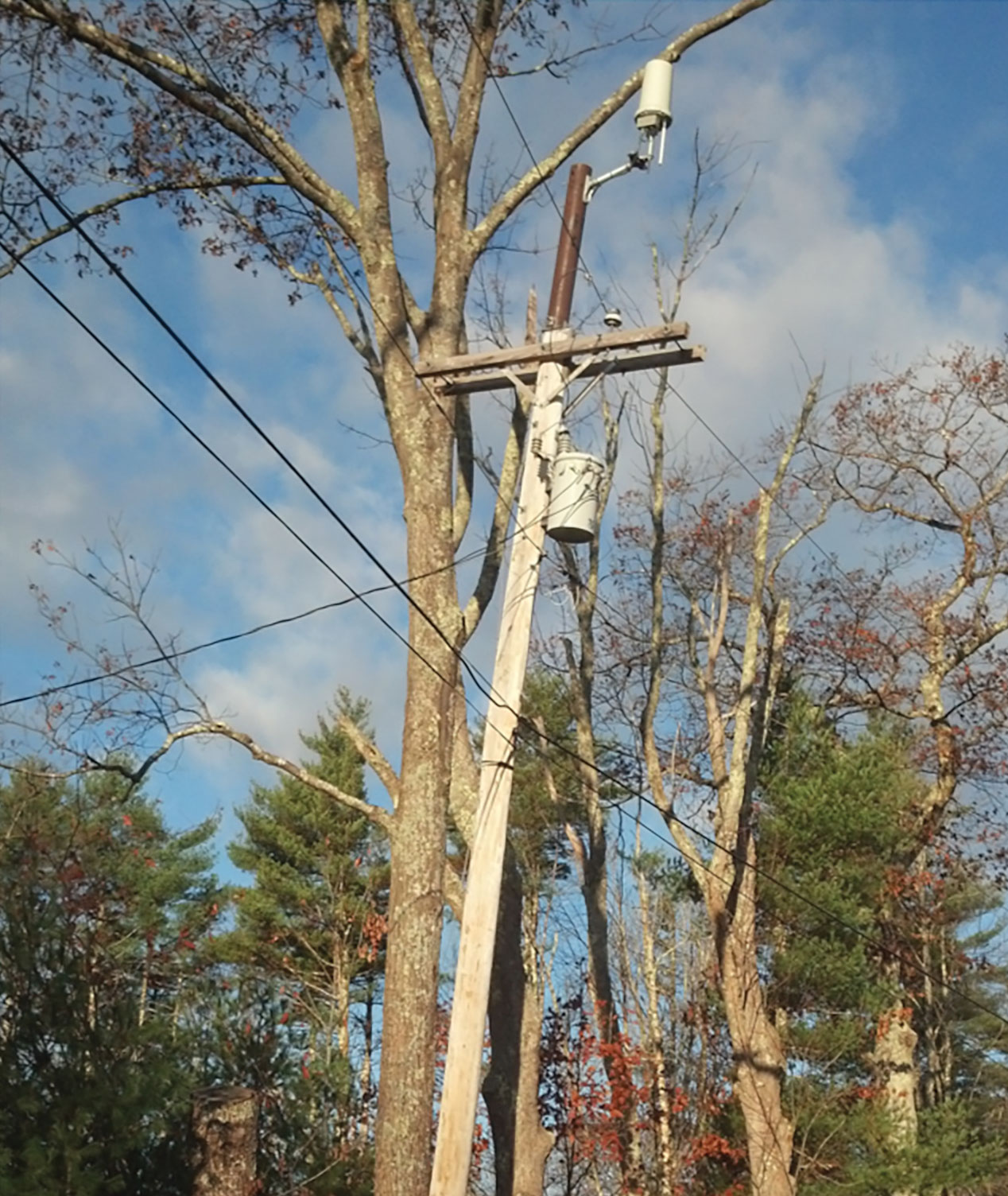Ask any code official who does this job long enough, or even a short time, and they will tell you that many times in their career, the building codes have been used as a “political poker chip,”
Today, the many diverse stakeholders involved in the practical rollout of 5G technologies can rest assured that a concerted effort is underway to bring consistency to this complex undertaking.
Codes and standards exist to ensure the safety of the public. While the goals behind the requirements are the same, sometimes, they are not harmonized with each other despite our best efforts.
When people ask me, “What is electricity?” I tell them that electricity is the presence of voltage.
There have been substantial changes in various sections of the 2020 NEC, particularly in Article 706, which deals with energy storage systems (ESS). These changes suggest that we tread carefully when applying the various Code sections to a particular energy storage system.
As an inspector, I take the National Electrical Code (NEC) very seriously. I have come to realize how important each and every item in this book are to electrical safety and protecting those who use electricity on a daily basis.
This short article discusses the purpose of system grounding, grounding requirements, separately derived systems, and available short-circuit current. Hopefully, it will clear up any misunderstandings or confusion surrounding the grounding and bonding of vehicle-mounted (trailer) mobile generators.
What is the purpose of a life safety system that fails in the event of an emergency? These systems are designed to help occupants safely evacuate a building during emergency conditions. Contractors, code enforcement agencies, and designers must understand the requirements of local, state, and national codes and standards that are developed in order to maintain this integrity.
A recent report by the ASAE indicated that 92% of Associations in the US were still working remotely as of September 1, 2020. As you will see in the 2020 Highlight, much has been accomplished in a short time since June.
In recent years, products have been developed to comply with the requirements of 690.43 for grounding and bonding photovoltaic systems by using the very frames upon which the PV modules are mounted to bond the modules









